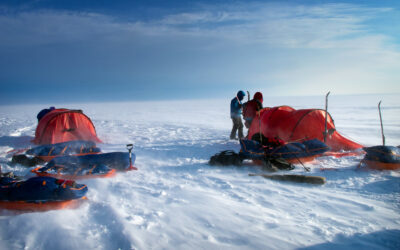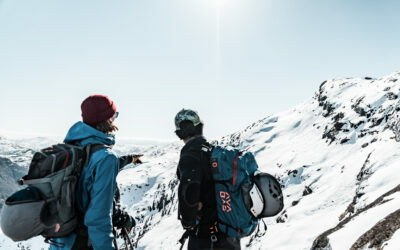The NFSA’s Dog-Code for children, adults, and keeping dogs outdoors
The Norwegian Food Safety Authority (“Mattilsynet”, the Norwegian state body with oversight of plants, animals, fish and food safety) has important guidance for children interacting with dogs and for keeping dogs outdoors. Let’s take a look.
Source: Mattilsynet
Guidelines for keeping dogs outdoors
The Norwegian Food Safety Authority’s advice for housing and handling dogs outside the house.
GENERAL STANDARDS
Dogs should not be tethered for the greater part of the day unless the space is sufficiently large and the dogs are trained/active frequently.

NFSA
OUTDOORS DOGS
The guidance for keeping dogs outdoors from the Norwegian Food Safety Authority regulates how dogs should be housed.
Source: Mattilsynet
Keeping dogs housed outdoors presents can challenge compliance with the Animal Welfare Act (Section 23) on the provision of opportunities for stimulating activities, movement, rest and other natural behaviour. But it’s still common, especially in sled dog environments. Dogs shouldn’t be left tethered for hours on end unless they’re kept in a place of sufficient size, and frequently exercised or allowed to be active.
The Norwegian Food Safety Authority’s guidance for keeping dogs outdoors

Written by Crister Næss
Former Åsnes fixture.Crister lives and breathes for skiing and the outdoors. Usually seen with a pair of prototype Åsnes skis on his feet or with his dog in the mountains of Voss.

Setting up camp – essential routines
Preparation is, as always, everything. You can never be too well practiced and prepared. Take pitching a tent in strong winds, for instance. It’s something you can train for…

How to feed a hunting dog
Correct nutrition is the alpha and omega for a healthy, strong and happy hunting dog performing to its limits day after day in the mountains. A well-trained hunting dog can quickly cover more than 60 km in hilly terrain, marshes and woods. So if you’re out for a number of days, feeding is everything.

Dressing for adventure: what to wear in the wild
Norwegian grandmothers have it right: always wear wool against the skin. Beginning with wool as the first layer, the three-layer principle applies. Step this way for a guide to wrapping up warm in the wild.

Equipment tips for Expedition Amundsen
If you’ve signed up for the “world’s hardest expedition race” then you know it’s seriously demanding. Meticulous preparation is absolutely required if you’re going to make it to the finish line at all. This includes making the right choices about equipment. So here’s our guide to help.

Planning a tour
“Better safe than sorry” doesn’t mean you have to be anxious- Planning isn’t just something that makes your trip to the mountains safer – it’s a source of inspiration.

Five tips for hitting the slopes with skins!
Five rules for skinning up a mountain safely and enjoyably. A truly competent, experienced ski guide would probably say there should be about twenty. We’re sticking to five get this true wisdom to stick! Consider these rules the basic pillars of laying down ski tracks right – a checklist of things to remember the next time you point your skis to the peak.